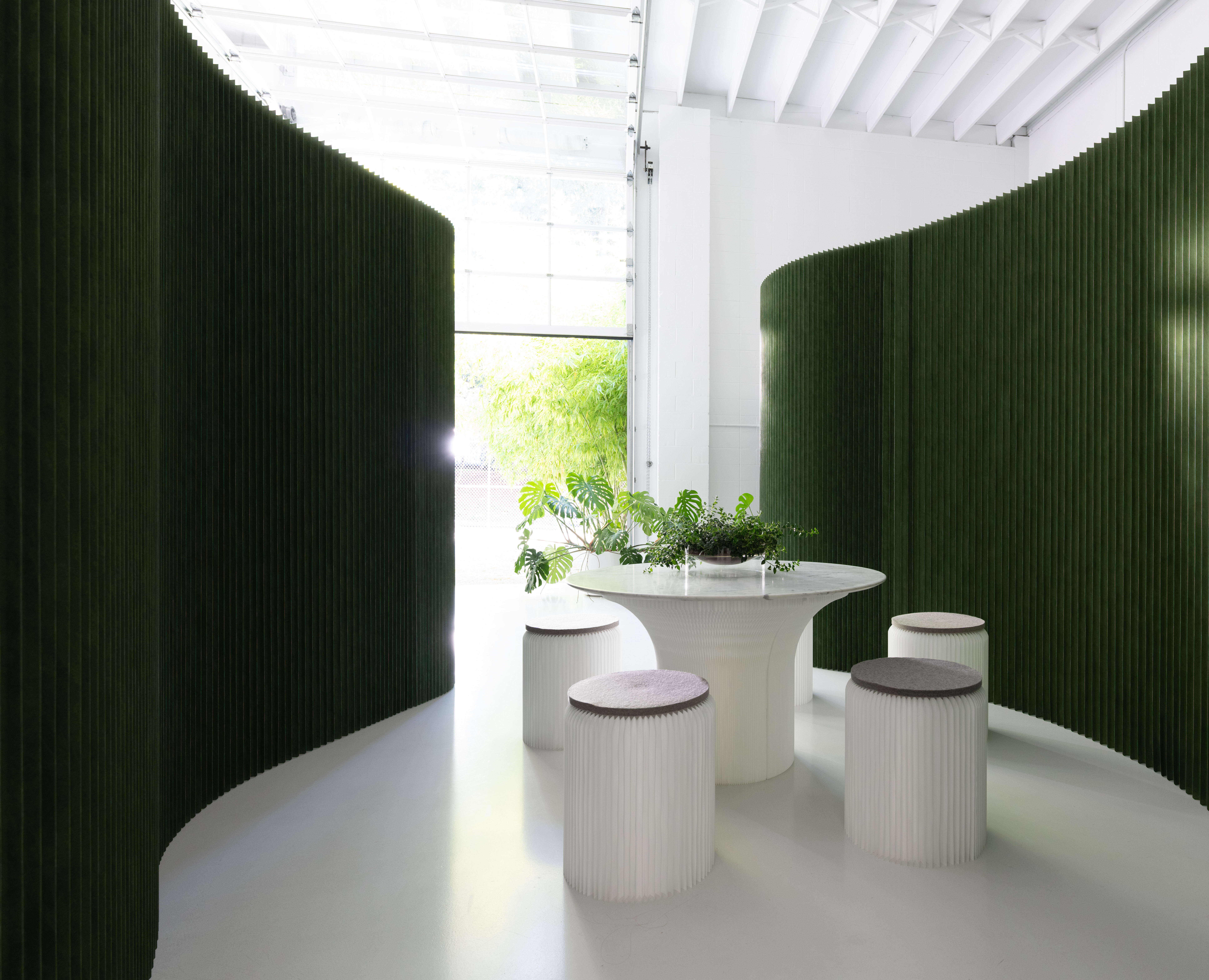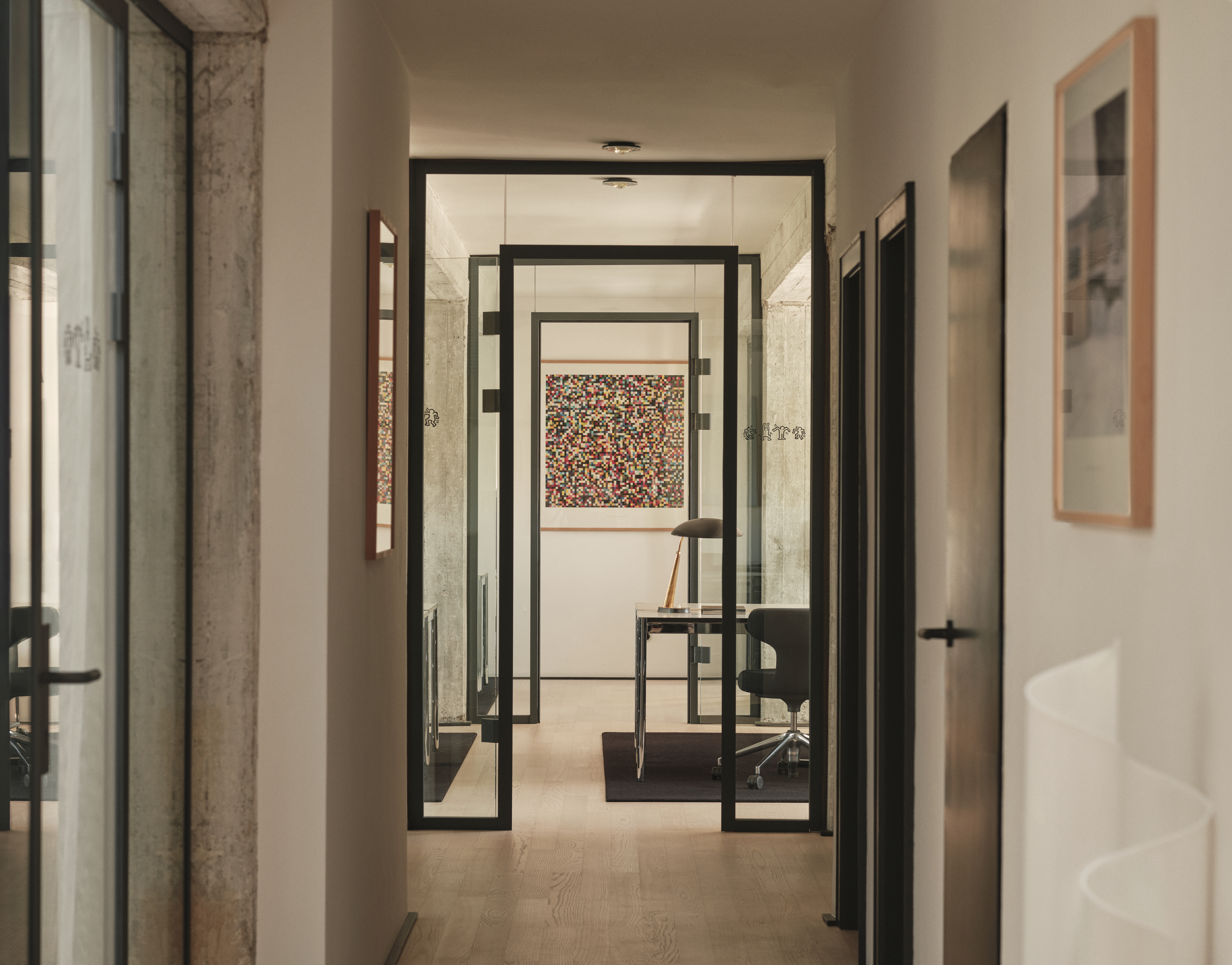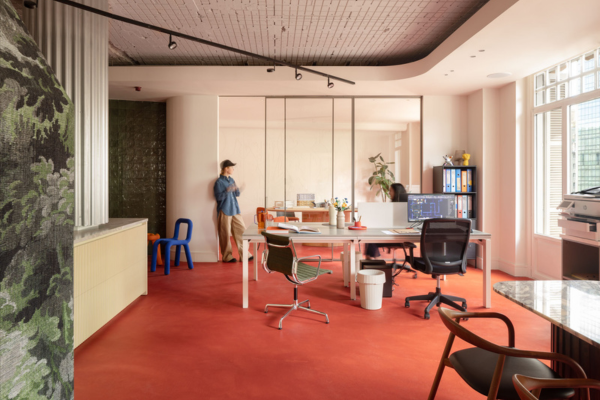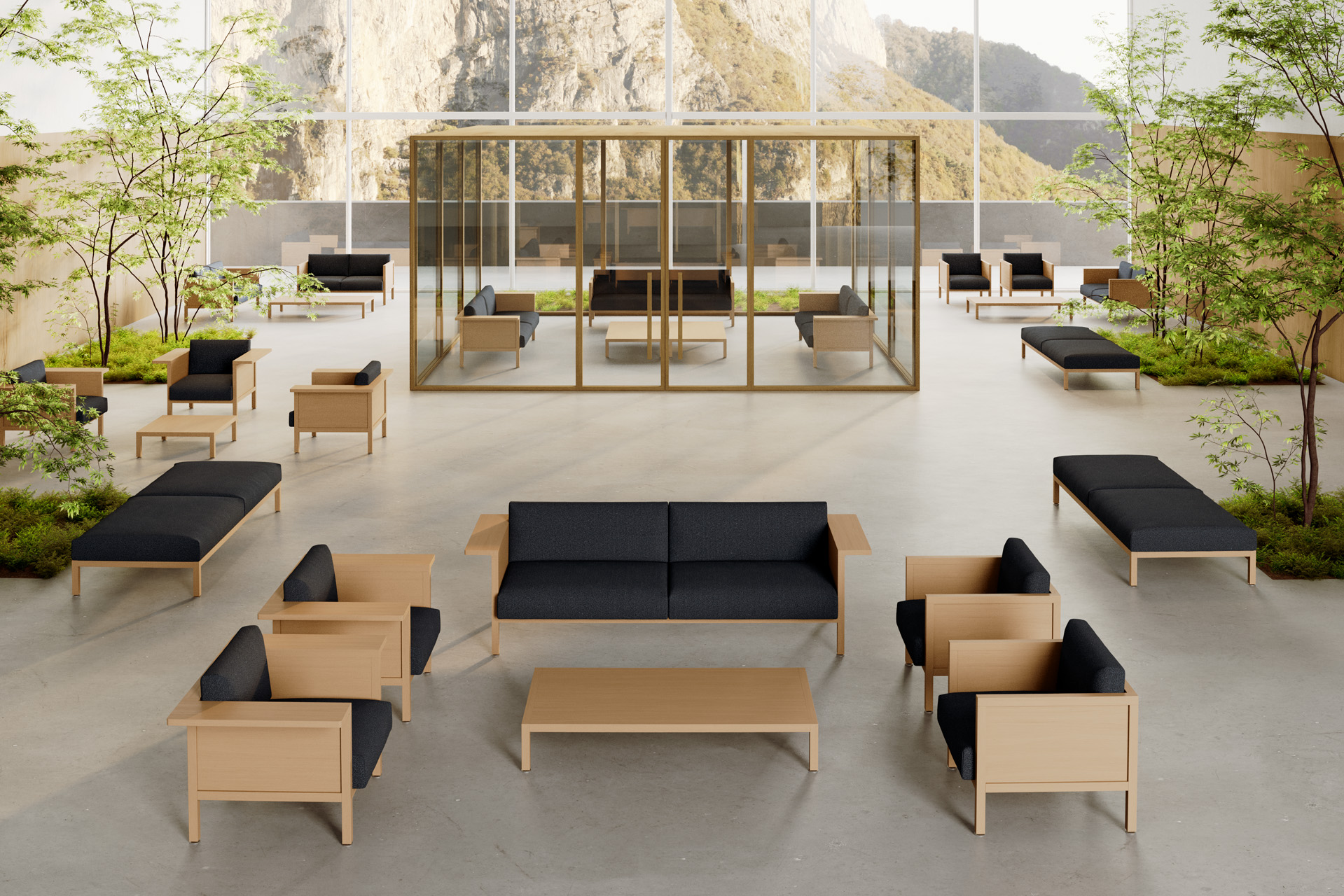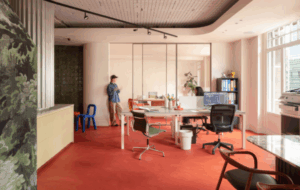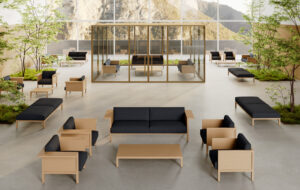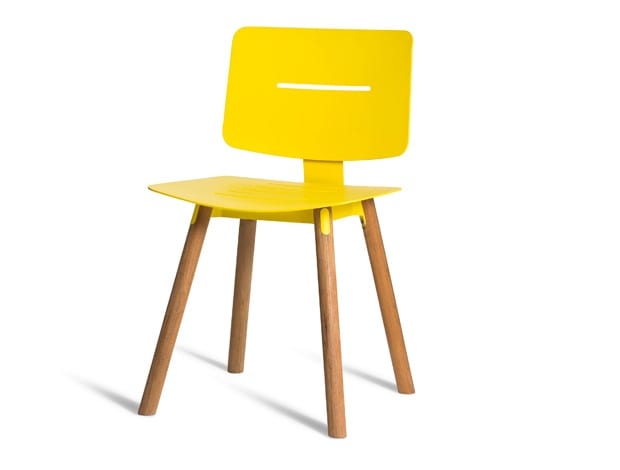 CoCo, an outdoor chair for Oasiq that combines “the humanity of wood with the strictness of steel”|CoCo, an outdoor chair for Oasiq that combines “the humanity of wood with the strictness of steel”|Oasiq’s Serac table. Outdoor furniture has to be designed in a completely different way, according to Gabbertas|Mark Gabbertas||
CoCo, an outdoor chair for Oasiq that combines “the humanity of wood with the strictness of steel”|CoCo, an outdoor chair for Oasiq that combines “the humanity of wood with the strictness of steel”|Oasiq’s Serac table. Outdoor furniture has to be designed in a completely different way, according to Gabbertas|Mark Gabbertas||
Onoffice caught up with British designer Mark Gabbertas at west London store The Chelsea Gardener, where a solo exhibition of his outdoor furniture for Oasiq was set amid the foliage. He talked us through the collection, and his new work for Boss and Lyndon, while discussing the evolution of his studio, which turns 15 this year.
What was the inspiration for Maya (for Lyndon)?
I wanted to reference both a slipper chair and a wingback. We’re always about how furniture makes you feel. With Maya, you either sit back into it and feel enclosed, safe and private, or you perch forwards and sit into the corner; because it has a short back, it’s
a really sociable chair. It has that duality, so I imagine it being used in breakout space. We tried to give Lyndon simple, nice, beautifully proportioned pieces.
Can you tell us about your relationship with Oasiq?
They asked us to collaborate right at the beginning of putting the company together, so we’ve had the chance to help shape the brand. We did Sandur, a slender steel-frame chair with woven rope, which is all about the frame geometry and the shape and pattern of the weave, and how they come together. We also did the Machar table, a flexible, repeatable system with a strict approach to proportion. I’m a fan of doing a simple table so the chairs can sing. Now we’ve done another chair and table, and the new Sandur stool and ottoman.
What are the ideas behind the new pieces?
The CoCo chair references mid-century design but with a modern twist. It’s something that’s always appealed to me – the humanity of wood combined with the strictness of steel. Serac [the table range] is an exercise of lines in space. The base is three elements repeated, to give an intriguing shape. So [Oasiq is] using an interesting combination of traditional craftsmanship techniques and high-tech manufacturing.
How does outdoor furniture design differ to corporate furniture?
The outdoor furniture market is the most rapidly changing market around. It undergoes regular metamorphoses once or twice a year. Designing outdoor furniture is difficult because everything has to be resolved and the materials chosen in a completely different way to interiors. [With CoCo] the material mixing is interesting, because people either do teak or steel for outdoor, so combining them gives a softness, and flexibility for what to put it with.
How has your studio evolved?
I think we’ve got better, to be honest. It took me quite a long time to figure out what we were about. What interests me, as a designer, is the ability to affect how people behave. That has never been more relevant in office furniture, because we now have the chance to gently guide people towards being more private or collaborative, feeling more confident or social. All those emotions and behaviours are effectible by furniture, so that’s what fascinates me. Our signature, if we have one, is to create character through simplicity.
Do you think the gap is closing between office furniture and the rest of the industry?
Definitely. The differentiation between commercial and domestic furniture has been bust for some time. It makes it more interesting for us because we have to think harder. Ten years ago a company would’ve just said, “give me a chair for the waiting area,” but now it’s a much more intellectual approach.

